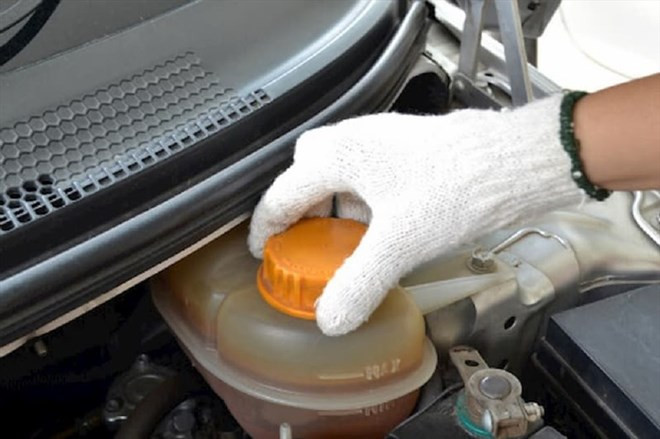Common problems in car cooling systems
The cooling system plays a very important role in the operation of a car. However, this part also often encounters common problems.

The cooling system helps to cool the engine and keep it at a stable temperature. If this part has problems, it will lead to unfortunate damage to the engine parts. Below are common damages in the car's cooling system.
Rusty radiator
When the radiator is rusted, the coolant will show signs of fading, containing a lot of dirt or thickening with rust. In this case, the user should replace the radiator to ensure the best performance of the cooling system.
The radiator is clogged.
Small, narrow pipes are the components of the radiator. During use, rust will accumulate and clog these pipes. When clogged, the cooling system will not be able to cool the engine. In this case, the user needs to flush the radiator and clear the radiator if there is a blockage.
Broken epoxy welds of the water tank
After a long time of operation under high pressure, chemicals and intensity, the epoxy welds of the water tank can be worn and broken. This will cause leaks in the water tank. Therefore, users need to check and re-weld the water tank if this problem occurs.
Thermostat failure
The thermostat on the cooling system will help shorten the engine's warm-up time. If the thermostat is stuck and cannot open when the engine warm-up process is finished, the water in the engine will boil, the engine will overheat and seize.
Most cars today are equipped with radiator cooling fans with fan speed controlled by ECU based on signals from the coolant temperature sensor. When this sensor has a problem, the fan will not rotate, causing the cooling system to not work. In addition, the cooling system also has phenomena such as loss of coolant due to evaporation, leakage due to cracks, breaks or leaks in water pipes or radiators.
